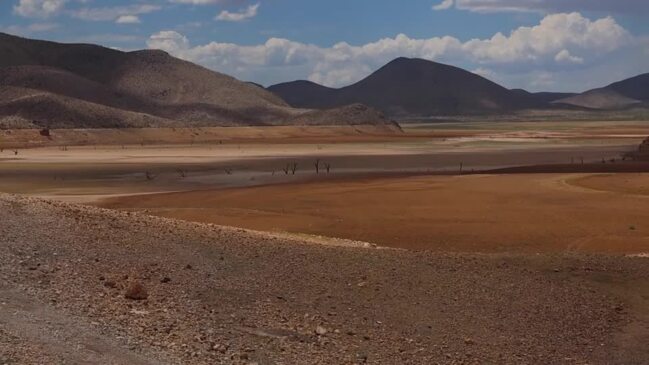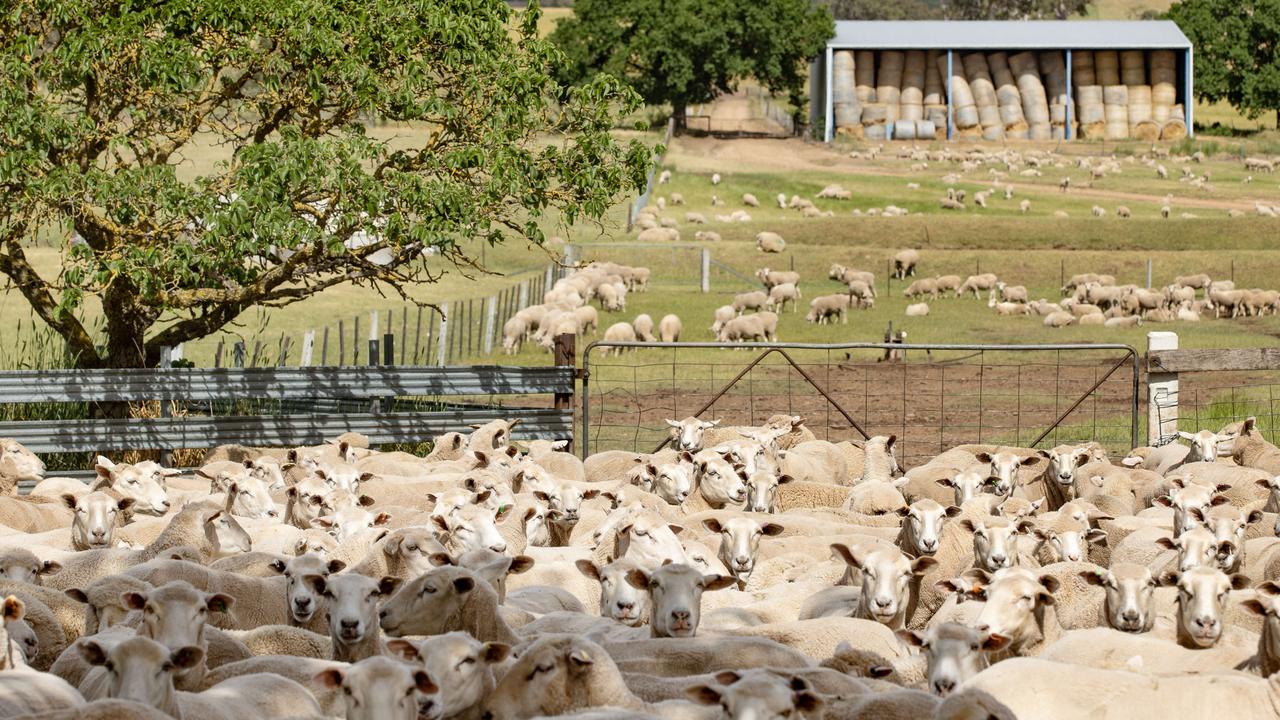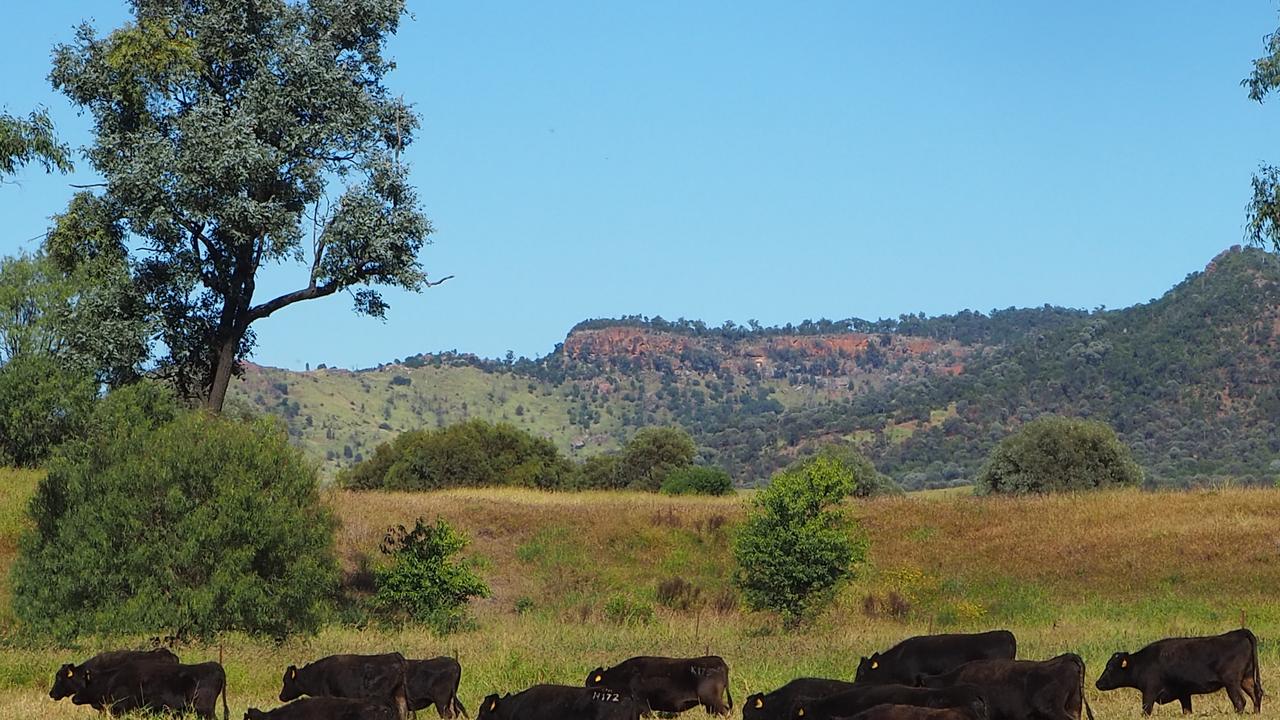Constant supplementary and containment feeding has delivered results, but at a big labour cost
Farmers took a massive hit to their confidence when a sharp collapse in prices last year was followed by the worst season in memory. But here’s why one leader is ‘very proud’.

Lambing percentages in major livestock producing areas such as Western Victoria are tipped to be back 5-10 per cent for a producer who may typically record 85 per cent lamb survivability rates.
And ewe mortalities are also expected to be slightly higher than average.
But Poolaijelo livestock vet Jane Gaussen said many farmers made plans early and adapted to the tough situation.
“It’s a mixed bag getting around,” she said, regarding how well farmers and their livestock had coped.
“The producers who pulled the trigger early by deciding to feed ewes six days a week through lambing have gotten the rewards and there are positive stories in terms of lamb survival,” Dr Gaussen said.
“At the other end there are still people who have not been prepared to pull the trigger early and have (just) prayed for rain, that’s where we’ve found problems have arisen and in those situations there have been low marking percentages and poorly grown lambs.”
Pigeon Ponds producer and seedstock breeder Tim Leeming said, given the extremely dry six months in usually reliable areas, he was “really, really proud” of how well farmers coped, mentally and from a management perspective.
“Honestly, people had lost a lot of confidence after the shocking fall in commodity prices of 30-50 per cent last spring, and then to go into the worst rainfall deficit ever, it was all pretty tough to swallow,” Mr Leeming said.
“The mental strain of feeding and managing ewes and lambs... I also have a lot of empathy for the young farmers who’ve tried to expand after seven or so really good years, and have now had a big smack in the face.”
Mr Leeming said there had been many lessons and many producers moved quickly to use strategies like containment feeding to improve ewe condition and preserve pastures.
“But it put a lot of mental strain on people – we’re all familiar with the financial strain, but that (extended period of feeding in containment) was a lot.
“We’ve had a couple of inches (of rain, 50mm) in August and that’s been terrific and pasture is growing, but water storages are the next issue.”





